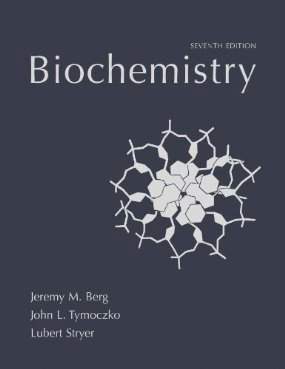Connecting...

This is a quick preview of the lesson. For full access, please Log In or Sign up.
For more information, please see full course syllabus of Biochemistry
For more information, please see full course syllabus of Biochemistry
Biochemistry Dilution & Osmotic Pressure
Lecture Description
When you add extra solvent to a solution, it decreases the concentration of solute and dilutes the solution. Because the concentration of a solution is generally expressed as moles of solute/liters of solution (Molarity or M), the basic dilution equation is M₁V₁ = M₂V₂ where m is molarity and v is volume. Osmotic pressure, a colligative property, occurs when two solutions with different concentrations are separated by a semi-permeable membrane that only allows solvent to cross. Solvent flows from the less concentrated solution to the more concentrated solution until they are equal. The equation for osmotic pressure is P = iMRT.
Bookmark & Share
Embed
Share this knowledge with your friends!
Copy & Paste this embed code into your website’s HTML
Please ensure that your website editor is in text mode when you paste the code.(In Wordpress, the mode button is on the top right corner.)
×
Since this lesson is not free, only the preview will appear on your website.
- - Allow users to view the embedded video in full-size.
Next Lecture
Previous Lecture










































 Answer Engine
Answer Engine




1 answer
Thu Feb 23, 2017 1:29 AM
Post by Kapil Patel on February 21, 2017
hi professor Hovasapain i have question on a beaker question can you help me answer this question thank you as soon as possible
1. A cell is in a solution of 40% water. If this cell swells, what can you state about the relationship of the cell to its solution?
2. Bacteria found in a pond is 90 % solvent. If the pond contains 30 % solute what will happen to the bacteria? Is the pond hypertonic, isotonic or hypotonic to the bacteria?
3. Two cells are in a beaker. Cell A shrinks and cell B explodes. What is the relationship of cell A to cell B? What is the relationship of the solution to cells A and B?
4. If a cell is 90 % water and it is in a solution that is 10% salt, what will happen to the cell?
5. There are 5 cells in a beaker. Cell A crenates, Cell B remains unchanged, Cell C swells, cell D lyses and cell E becomes even smaller than Cell A. What is the relationship of each cell to its solution?
6. A cell is 25% salt and it is placed in a beaker with 10 % salt. What will happen to the cell?
7. Red blood cells are .9% solute. If I place that cell in 5%, .5%, 10% and .9% solute, what is the tonicity of the outside environment?
8. A plant cell is .9% solute. What solution would the cell most like to be in, 5%, 0.5%, 10% or 0.9%?
1 answer
Sat Aug 8, 2015 10:05 PM
Post by Derek Marshall on August 1, 2015
Hi Professor Hovasapian,
Enjoyed the lecture. Relating to the U-Tube and osmotic pressure, is there a correlation or ratio between the osmotic pressure and height difference between the two liquids?
Thanks
Derek Marshall
1 answer
Tue Jul 1, 2014 7:05 PM
Post by David Gonzalez on June 30, 2014
Great lecture!
I have a question: at what point will a solution stop trying to dilute itself to achieve equilibrium? Is there a certain threshold where all of the solute particles finally feel "satisfied"?
Thank you.
1 answer
Thu May 1, 2014 9:40 PM
Post by Jose Jacob on April 21, 2014
Awesome lecture professor.
Where can I find questions to practice what I've learnt?
1 answer
Sun Jan 19, 2014 2:28 AM
Post by Alan Delez on January 16, 2014
Great lecture!